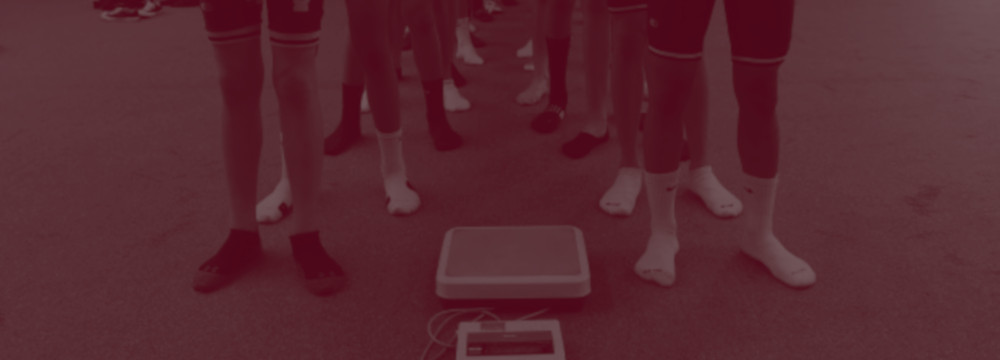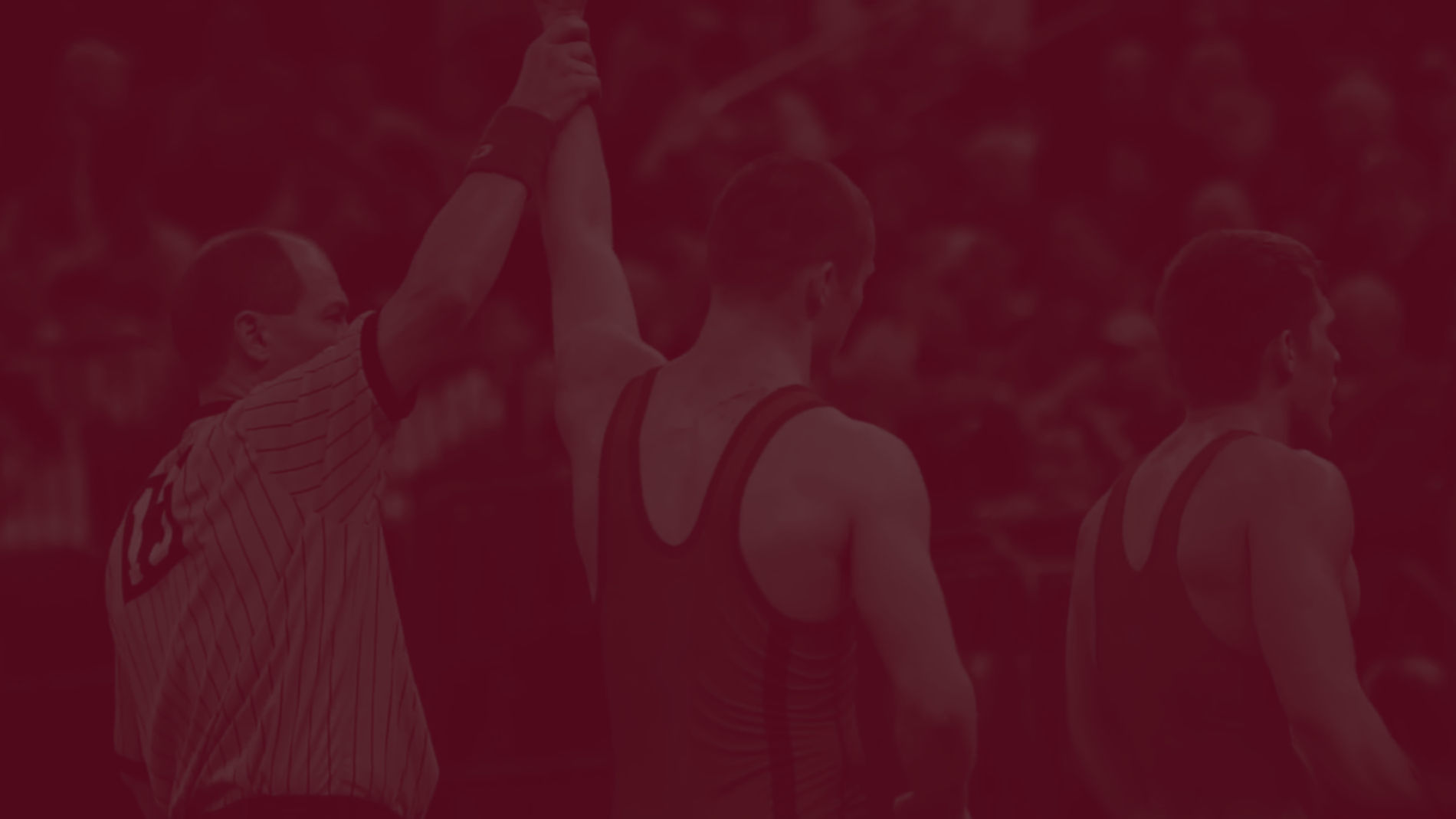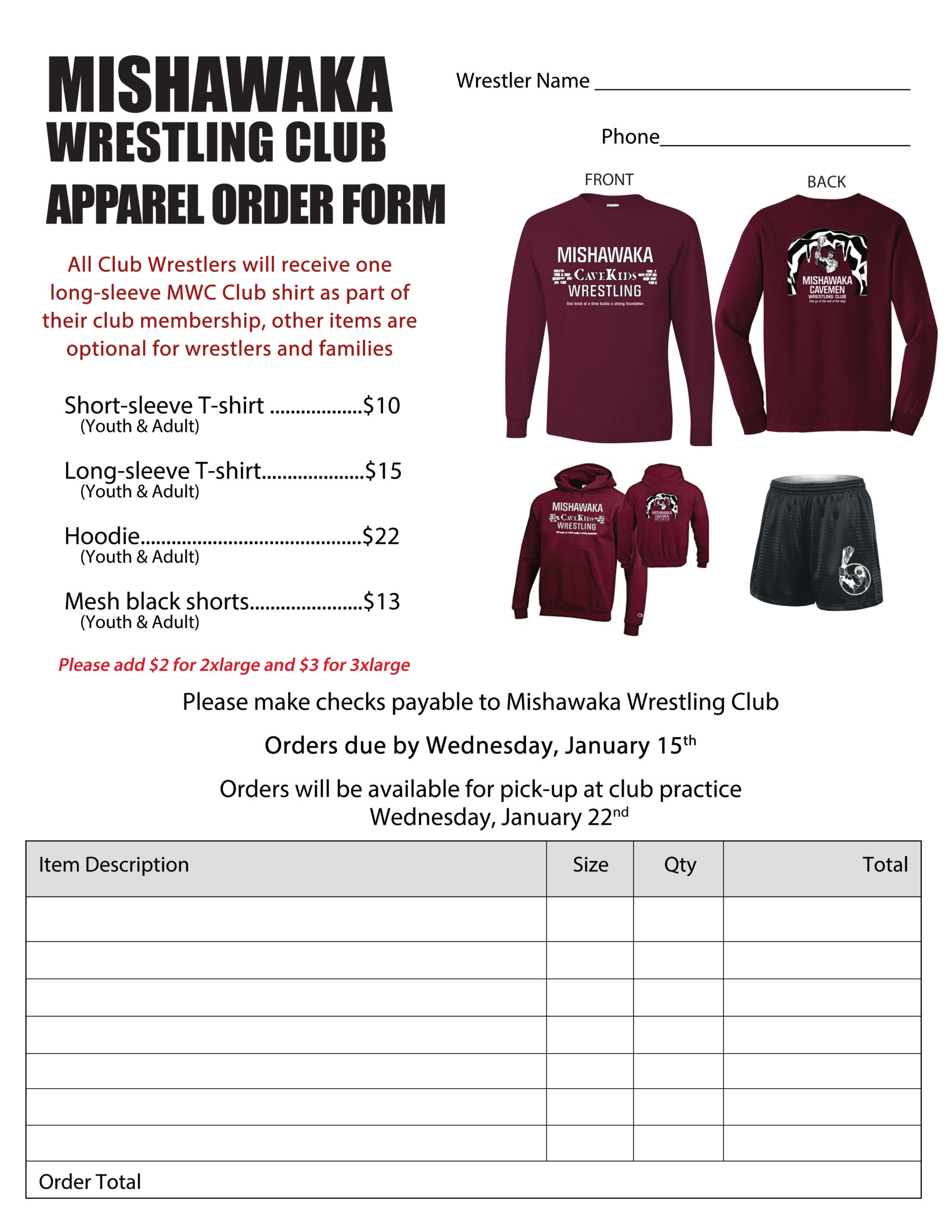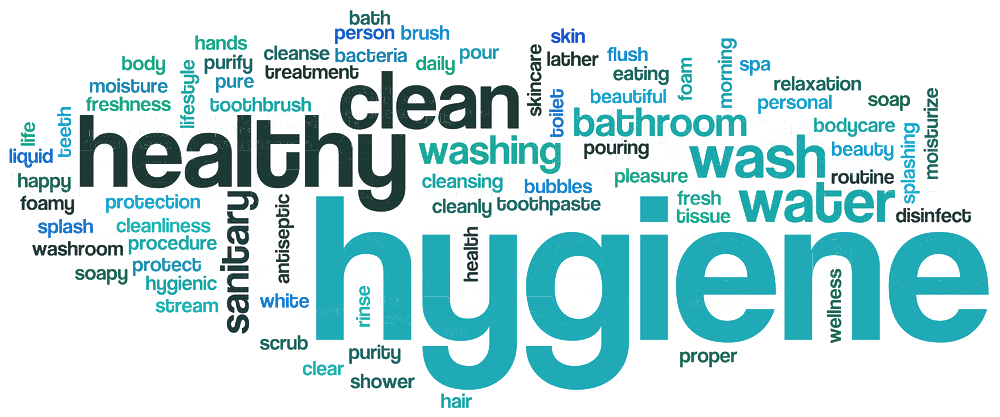You can always spot the rookies during weigh-in for wrestling tournaments or meets. It isn’t their fault, nor is it their parents’ fault. Wrestling weigh-in, which almost always corresponds with a skin check by officials, is a right of passage. Those who have gone through it regularly for a season or two of wrestling know what to expect. But what about families new to the sport?
How to Prepare for a Wrestling Weigh-in
First things first, you should read the flier for the event. This is specific to youth wrestling for club-level individual tournaments and dual meets. At the middle and high school levels, this is handled by the athletic departments of the school and the state athletic administration. However, for any youth or club-level event which does have a flier, read it. Some events have weigh-in the night before an event, others in the morning immediately before wrestling commences, and there are even entire states which sanction weigh-in to occur on a Friday evening prior to a Sunday tournament. Make sure you are where you are supposed to be, when you are supposed to be.
Second, read that flier again. Depending on the sanctioning body and event organizers, the wrestling weigh-in may require a singlet, or be more flexible with sport shorts and a t-shirt. Others may require “wrestle ready” weigh-in which includes socks and wrestling shoes in addition to a singlet being worn during weigh-in. Regardless, be prepared by reading the flier and understanding the rules for the sanctioning body over the tournament. This will help weigh-in go more smoothly, prevent headaches and additional driving/round trips for you as a parent, and build confidence in your wrestler as they learn the procedures.
Third, know when and where your wrestler plans to change into the proper weigh-in attire. Whatever the flier or sanctioning body says your wrestler needs to be wearing during weigh-in, at some point your wrestler will need to change into or out of that attire. This could be at home or on site, but your preference may depend on how long of a drive it is to wherever you’re going, whether the weigh-in is the day before a tournament or the morning of, and what facilities are available on site. It is quite possible that there will be a long line and no bathroom or locker room available for weigh-in at some tournaments.
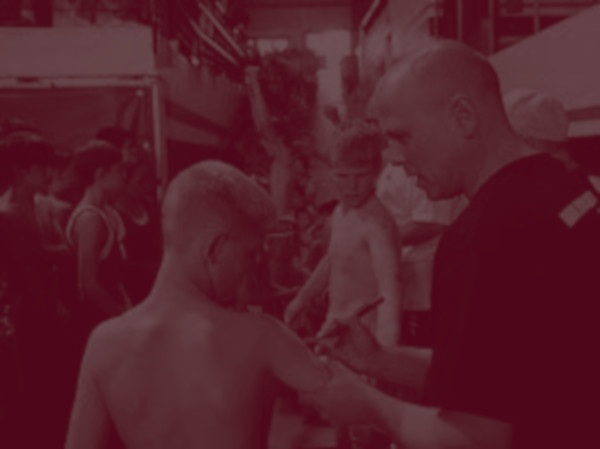
How to Prepare for Skin Checks
This is a big deal for wrestling. Although communicable skin conditions are possible in many sports, they are most strongly associated with wrestling. There are many things we can do as parents, coaches, and individuals involved with the sport to ensure hygiene is prioritized and preventative measures are taken. One of those steps, which is a requirement at every tournament I’ve ever attended or been involved with, is a mandatory skin check during the wrestling weigh-in.
When the flier or sanctioning rules tell you what is to be worn during weigh-in, it is for a reason. If sport shorts and a t-shirt are allowed, the wrestler will be required to take the t-shirt off and very likely asked to pull the shorts up in order to evaluate as much exposed skin as possible without violating anyone’s privacy. Wrestlers wearing a singlet at weigh-in, which is the most common situation, will be required to pull their singlet straps down to their waist – once again to expose as much skin to check as reasonably possible. These general rules may vary slightly from tournament to tournament, but the biggest variance is to accommodate female wrestlers. Because female wrestlers wear a variety of undergarments and compression shirts in addition to a singlet, as well as having a different level of privacy requirements, the skin check process is not as revelatory or intrusive.
The skin check typically happens immediately before wrestlers step on the scales. They wait in line, a medical or event official does a visual evaluation for any discoloration, texture, or other signs for a communicable skin condition, and then approve or sideline the wrestler. In most cases, when a wrestler has cleared a skin check, the official will use a Sharpie or something similar to place a mark directly on the wrestler to indicate clearing the skin check to the next person in the process – which is the organizer conducting and documenting the official weigh-in.
If your wrestler is sidelined due to a skin check, it is sometimes possible to have an official take a second look, provide documentation from a doctor clearing your wrestler, or other steps to challenge. If you paid for the tournament in advance, it may be possible to be refunded the registration fee, though quite a few tournaments allow no refunds due to limited space and cost to prepare and operate the event. These steps and rules vary greatly from one tournament to the next, depends on the organizers, their policies, and the rules established within the sanctioning body. That said, there is nothing to be embarrassed about as everyone who has been wrestling long enough has failed a skin check at some point. Also, a failed skin check is not something to turn into an altercation, as it is our individual responsibility as parents, wrestlers, and coaches to ensure we are handling our hygiene properly, checking proactively, and visiting a physician immediately if a condition is detected or questioned.
The Weigh-In
This is the point in which your wrestler’s weight and position within a tournament bracket will ultimately be decided. He or she will be asked to step onto the scales at the direction of tournament officials, then step down, and then get their weight documented. Their weight will be recorded in the organizer’s system (paper, digital, or both) and written on the wrestler’s hand, arm, or shoulder with a Sharpie or similar permanent marker. Many tournaments will allow for only this single step-on process to officially record the wrestler’s weight. However, some sanctioning bodies’ rules do allow for a second step-on or a challenge. In either case, the rules may vary on how the challenge takes place, if the second step-on will occur on the same scale or another scale, when the challenge must be made, and by whom the challenge must be made by. In all cases I’ve experienced for youth and club-level wrestling, there is no time or opportunity allowed for cutting additional weight, and the practice is actively discouraged (more on that in a bit).
A Few Special Notes
What you’ve just read will help you prepare for and help understand what to expect out of your first or next wrestling weigh-in. However, that’s only about 90% of it. There are some intrinsic aspects to weigh-ins and specific rules you should also be aware of in advance:
- Use of cell phones is discouraged in general during weigh-ins, and outright banned in some cases. There are young wrestlers being exposed in ways which are by no means inappropriate, but it would absolutely be inappropriate to take a photo in an environment where other people’s children are present and wearing less than they otherwise would in public. While there may be no apparent reason to suspect our fellow wrestling parents or coaches of wrongdoing, we must plan for and prevent the worst case scenario. Additionally, cell phones can be a distraction and slow down an already time-consuming process of getting wrestlers weighed-in.
- You as a parent may not always be allowed into the weigh-in area. There may be tournaments when you can be present during the entire process, allowed to stay in line with your wrestler up to skin checks and catch up them after the weigh-in, or not even allowed to stand in line with your wrestler. This may be dependent on available space, time limitations, privacy considerations, or other variables. It is entirely at the discretion of the sanctioning body and event organizers. On occasion, the organizers may make exceptions for particularly young wrestlers, but don’t count on this. At a minimum, your wrestler needs to confidently know his or her first and last name, age, date of birth including month/day/year, and what club they represent.
- Weigh-ins can be quick or take a agonizingly long time. Hope for the best and prepare for the worst. Show up early if you are unsure, but also be aware that a weigh-in on the same morning of a tournament can require drastic and time-consuming changes to tournament brackets, delaying the start of the event. I wish there were better notes or advice on this, but the best I’ve got is to relax, be patient, and go with the flow. I’ve struggled with that personally when a tournament started over 2 hours later than scheduled, as I’m sure you or anybody else would struggle to stay calm. However, there is nothing we as parents can do to speed up the process aside from registering our wrestlers as accurately as possible and finding ways to keep them settled until they need to be ready for the event to officially start.
A Note on Weight Cutting
The practice of cutting weight is heavily associated with wrestling and combat sports such as Jiu Jitsu, Boxing, or MMA. Going back 10-20 years, depending on the state or program, weight cutting may have been a prevalent and even common practice. However, the sport has changed vastly on this topic after the death of 3 collegiate wrestlers within a 3 months time span in the late 90’s. Weight cutting is now actively discouraged, there are rules and checks in place to outright prevent it in most cases, and leaders within the sport have concluded that it is detrimental to both the health and wrestlers’ long-term competitive abilities.
Earlier in this post, I mentioned that weight cutting is not allowed between weigh-in attempts if a challenge is made to the first step-on and a second step-on is allowed by event organizers. That is one of the many preventative measures put in place to discourage the practice. Others include pre-season weight checks limiting the amount of weight or number of weight classes a wrestler can move up or down in a season, which ensures the wrestler’s safety. Another is a hydration check to verify wrestlers are not unsafely dehydrating themselves in order to achieve a desired, temporary weight – which can lead to a number of injuries including a greater chance for concussion.
This does not mean parents or wrestlers don’t still try different “tricks” to ensure they make weight – tricks which aren’t inherently dangerous or tantamount to cutting weight. One example is delaying a singular meal or snack until immediately after a weigh-in. This is particularly the case when a family waits to eat dinner until after a 6pm weigh-in the evening before a tournament, or saving breakfast until after a 7am weigh-in the morning of a tournament. While that is by no means extreme, leaders within the sport of wrestling want to make sure these practices don’t lead to habitual or detrimental weight control practices in the future for those athletes. Wrestlers remain healthier, stronger, happier, and more enthusiastic about the sport if they get to focus on competing and not worry about their weight.
All that said, if weight remains a concern for your wrestler, it should be up to him or her. You can be a supportive parent by planning and preparing healthy, wholesome and nutritious meals. That will go a long way in accommodating a wrestler’s weight goals and ability to perform during both practice and tournaments. Kids rely on a good balance of fats, protein, and carbohydrates for their physical growth and mental development. We all benefit from eating more green vegetables, cutting out processed foods, and decreasing our intake of refined sugar. The best way you can support your wrestler isn’t by pushing a specific weight for them to compete at, but to build healthier habits.
Do you have anything else to add? What other aspects of the weigh-in or skin check process need to be de-mystified? What other topics should we cover in a post like this? Comment below to let us know!


